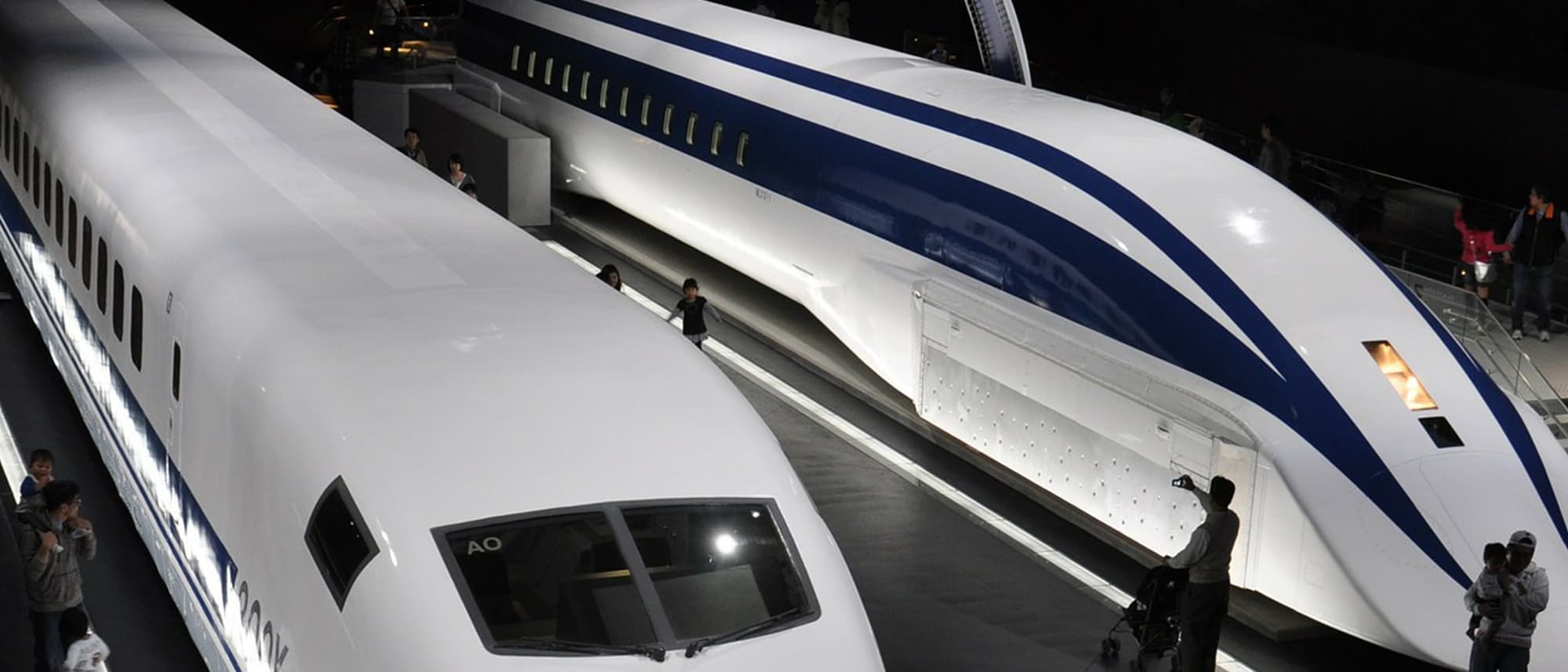Not Your Grandpa's Roadster
Just a few generations ago, the idea that we could hop in our car for a road trip without a paper atlas and, instead, navigate with computers in our car—let alone computers in our handheld phones—was idea that was little more than science fiction.
However, in recent years, technology has evolved so quickly, and in so many ways we couldn’t have imagined, that we’re now well along the path to a remarkably futuristic world. Flying cars and vacuum tube trains were something only The Jetsons could have made up. But it’s no longer a matter of if, but when we will have these advanced technologies. And the "when" may be much sooner than you think.
In fact, when it comes to some of that previously scifi-only technology, the future is already here.
One of the major ways in which technology is already altering the course of history is through the ways we get around. Transportation—both at the micro and macro level—is already undergoing major adaptations due to technology. Indeed, once upon a time, our transportation was limited by the realities of what we could achieve technologically. Now, it’s practically the reverse: The only thing limiting us is what we can dream up.
On the roadways, electric vehicles and hybrid cars have become increasingly common. Tesla, Google, and even traditional automakers like Volkswagen have EVs in the pipeline. While they aren’t yet an affordable option for every driver, that’s likely to change as the technology becomes easier (and cheaper) to produce. The next task will be scaling up EV technology for trucks, trains, and buses; a task which will likely require a major overhaul of the United States’ infrastructure — especially if the rails and roadways have self-charging technology.
As for flying cars? They’re basically already here.
Building The World of Tomorrow
The infrastructure in the U.S. is probably long overdue for an upgrade, but those who are coming up with ideas aren’t limiting themselves simply to what cities need; they’re thinking well beyond. Cars that can seal up potholes or roads that can “heal” and de-ice themselves, train tracks that can charge cars as they cruise along and even send excess energy back to the grid, and bridges that are capable of adjusting their weight-bearing to extend the lives of their cables...these are just a few of the things in the works.
Beyond-your-wildest-dreams concepts like the Hyperloop have already gone from plan to prototype, and they won’t just change how we get from point A to point B, but change our perception of what it means to travel. In the same way that air travel cut time off trips that used to take months by sea, the hyper-fast travel permitted by something like the Hyperloop will change our perceived geographically limitations for work, living, and play.
The idea of distributed energy could also be used for individual, electric vehicles: fleets can be hooked up to a power grid to charge and, in turn, the grid can tap into the excess energy as-needed. As those grids would be powered by wind or solar, the energy-generating potential would be efficient and renewable.
Pair these efficient, renewably-energized vehicles with self-driving technology, and you’re looking at the next frontier of transportation technology: EVs that can drive themselves.
While autonomous vehicle technology is already being developed, we don’t yet know exactly how it will play out in large scale implementation. It would require people to, essentially, relearn to drive (or, as it is, learn to not drive), and the “rules of the road” would need to shift accordingly.
Making Dreams Into Reality
Although the aforementioned technologies are already well on their way to completion, we need to ensure that society it able to keep pace. For example, would multi-lane highways be safer or more precarious in the absence of human drivers? Who's to blame when an AI driven car gets in an accident? Should human drivers be banned from the streets? While many studies have supposed that autonomous vehicles will be safer because they take human fallibility out of the equation, until the tech is in practice we can’t be sure.
Similar legislative and ethical questions surround the other technologies detailed. As Tony Robinson, who co-founded the company behind The Future of Transportation World Conference, notes, from flying cars to smart streets, the tech of tomorrow is going to necessitate some new rules. For example, he asserts that we will need to "completely rethink the legislation relating to air traffic control, as flying cars will need very high levels of investment in geo-mapping, flight dimensional city mapping, and interfacing with the aviation segment to enable a lot of advanced systems to operate underneath the existing canopy of what we know as air traffic control and air traffic management."
Fortunately, there are plenty of minds gathering around the world to ruminate on these questions and come up with solutions—ideally, before problems even arise. To this end, The Future of Transportation World Conference, which will be held in Cologne, Germany July 5 and 6 of this year, aims to:
Bring together world transportation leaders from automotive manufacturers and their suppliers, transportation authorities and city planners, rail and public transportation technology firms and operators, technology and software giants, drone and personal air transportation solution companies, freight and logistics companies, mass-transit solution providers, business consultants, inventors of new and disruptive global mobility solutions, all with the common goal of devising better solutions for the increasingly demanding challenge of providing safe, efficient, sustainable transportation for the world in 2030 and beyond.
This year's full program can be viewed here. If you'd like to attend the conference, purchase your tickets here and use code: FTM20NM to receive a 20 percent discount.
Share This Article
